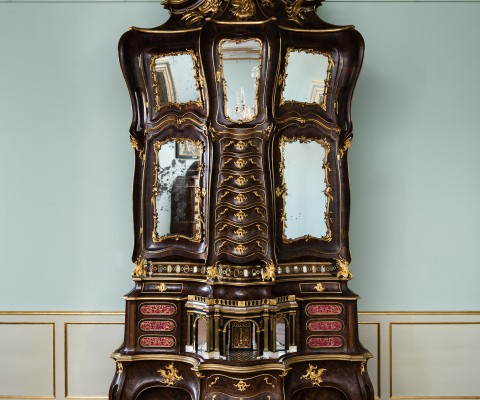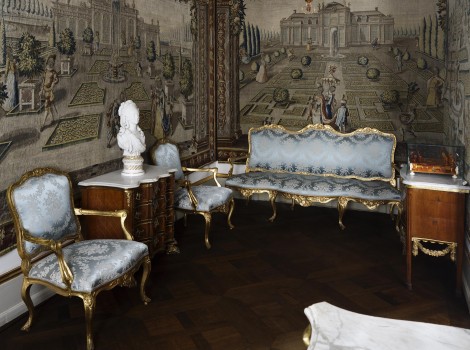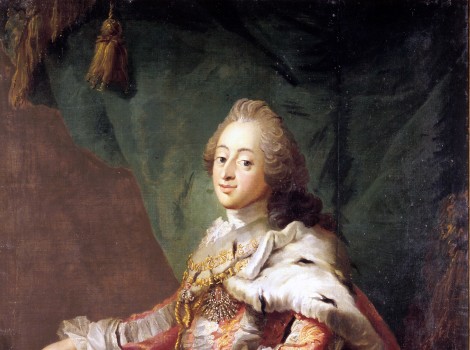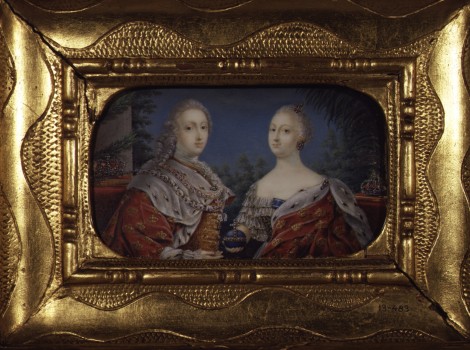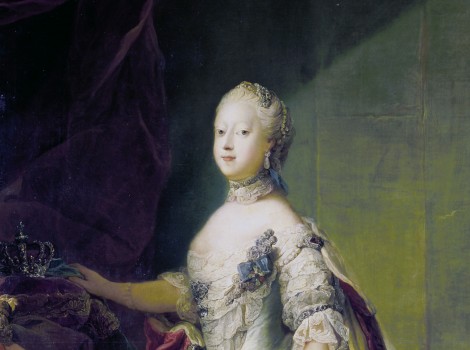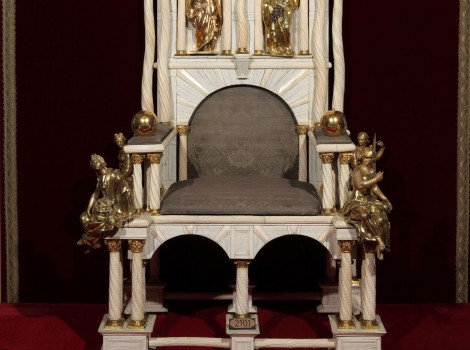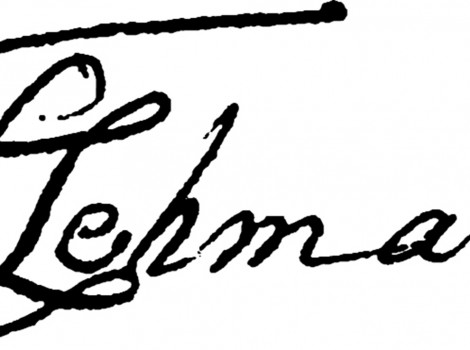Lehmann’s Large Musical Cabinet
The four metre high musical cabinet is not simply the most impressive example of the craft of furniture making made in Denmark in the 18th century; it also has a built in “music machine” with a mini orchestra. Frederik V was able to impress and enchant his guests in the golden dining room at Christiansborg Palace with the cabinet’s automated trumpet, flute, and cembalo mechanism. Every half hour a bell in the cabinet chimed, after which the finest music in the form of a trumpet fanfare played; the cabinet also played a piece for flutes and cembalos every hour. There was a choice of 14 different pieces for flute, and 7 pieces for trumpet.
The cabinet is evidence of extravagant spending, and the price of 6,560 rigsdaler was the equivalent of buying a small palace. Frederik V ordered the piece himself in 1755, and it was already finished two years later. At that time Denmark was a major power, and it was important to display one’s wealth and position. With the cabinet’s virtuoso craftsmanship, noble varieties of wood, lavish gilt bronze fittings, and enormous size, nobody could be in any doubt about the king’s capabilities. Guests at the palace could also let themselves be enthralled by the fact that the court followed the newest fashions; the cabinet was made in the wildest and most advanced form of rococo.
Simultaneously, the cabinet exemplified the age’s interest in mechanics. It was before the industrial revolution and there was a great fascination with machines and mechanics, which is for example known from clocks of the time. Automated objects were the preserve of the few, and pure mechanical art in a fantastic guise like the large musical cabinet’s exterior was worthy of a king. The cabinet was in every way a showpiece.

 Dansk
Dansk
 English
English
 Deutsch
Deutsch

